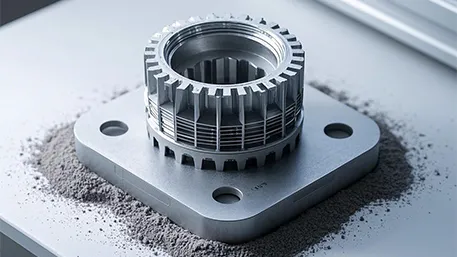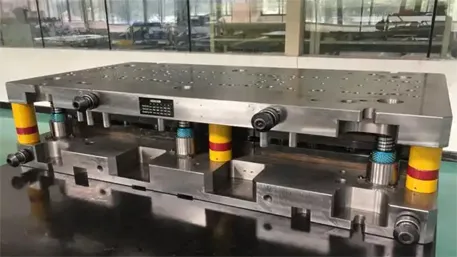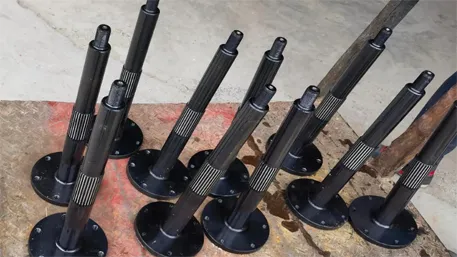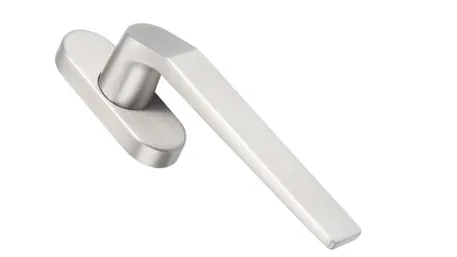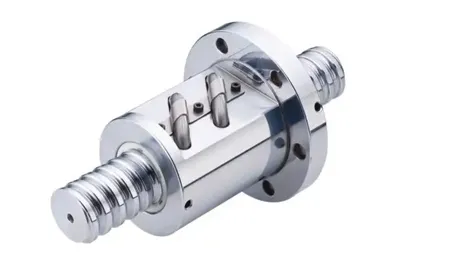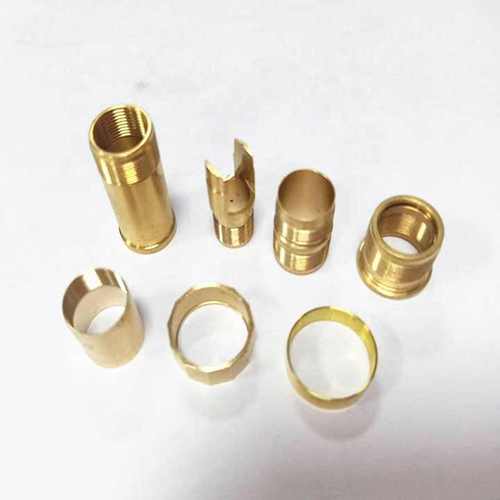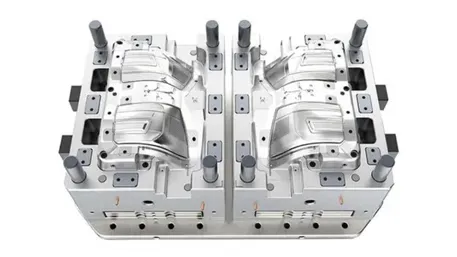
1. Beyond Basics: What Truly Defines a High-Performance Blow Mold
Modern blow molding isn’t just about shaping plastic—it’s a precision game where design and material science collide. Let’s break down the critical factors engineers prioritize:
A. Geometry-Driven Failure Points
Parting Line Stress: 80% of premature mold failures stem from improper alignment of parting lines, which experience cyclic tensile stresses up to 120 MPa during high-volume runs.
Wall Thickness Variance: Tolerances tighter than ±0.15mm are now achievable via AI-driven flow simulation (e.g., Moldex3D), reducing material waste by 18% in PET bottle production.
B. The Cooling Conundrum
Traditional straight-drilled cooling channels yield uneven thermal profiles, causing cycle times to balloon by 25–40%. The fix? Conformal cooling via 3D-printed mold inserts (see Case Study below).
2. Material Innovations Reshaping Durability
Tool Steel vs. Hybrid Composites
MaterialCycle LifeThermal Conductivity (W/m·K)Cost per Mold
H13 Tool Steel500k cycles24.325k–25k–50k
Maraging Steel (DMLS)300k cycles15.812k–12k–20k
Copper-Impregnated PA1250k cycles38.63k–3k–7k
Why this matters: For short-run medical device molds, copper-PA composites cut cooling time by 35% while slashing tooling costs by 60% vs. aluminum.
3. The Hidden Costs Procurement Misses
Total Cost of Ownership (TCO) Analysis
A 2024 study of 200+ EU mold buyers revealed:
Design Iterations consume 22% of project budgets when suppliers lack in-house simulation tools.
Mold Maintenance costs 0.08–0.08–0.15 per part for high-cavity systems—often exceeding initial tooling investment over 3 years.
Smart Procurement Hack: Partner with mold makers offering IoT-enabled tooling (e.g., embedded sensors for real-time wear monitoring).
4. Case Study: How a German Auto Supplier Cut Costs by 44%
Challenge: Produce 100k PE fuel tanks with<0.3mm wall variation.
Solution:
Topology-Optimized Mold Design: Reduced steel usage by 18% while maintaining rigidity.
Hybrid Manufacturing: 3D-printed conformal cooling channels + CNC-machined H13 cavities.
Result: Cycle time dropped from 48s to 29s, with ROI achieved in 7 months.
5. The 2025 Playbook for Discerning Buyers
5 Questions to Ask Your Mold Supplier
“Can you simulate polymer flow and cooling for my specific resin (e.g., PP vs. PETG)?”
“What’s your post-processing protocol for EDM-recast layer removal?” (Spoiler: Poorly handled, this causes 70% of micro-cracks.)
“Do you offer lifecycle tracking via digital twins?”
“What’s your scrap rate for multi-cavity molds (±2% is industry gold standard).”
“Can we trial a conformal-cooled insert for 500 cycles before full commitment?”
6. The Next Frontier: Self-Healing Coatings & AI-Driven Predictive Maintenance
Emerging R&D in aluminum-based nanocoatings (e.g., AlCrN) extends mold life by 3× in abrasive environments like PVC processing. Meanwhile, machine learning models trained on 10k+ mold failure datasets now predict wear patterns with 92% accuracy—letting buyers schedule maintenance before downtime strikes.
Final Thought: It’s Not Just About Price
In 2025, winning procurement strategies balance technical agility with total lifecycle value. The right mold isn’t the cheapest—it’s the one engineered to adapt. Ask not just “Can you make this?” but “How will you outthink the limits of my design?” After all, in the race to innovate, your tooling partner’s brain is your secret weapon.

